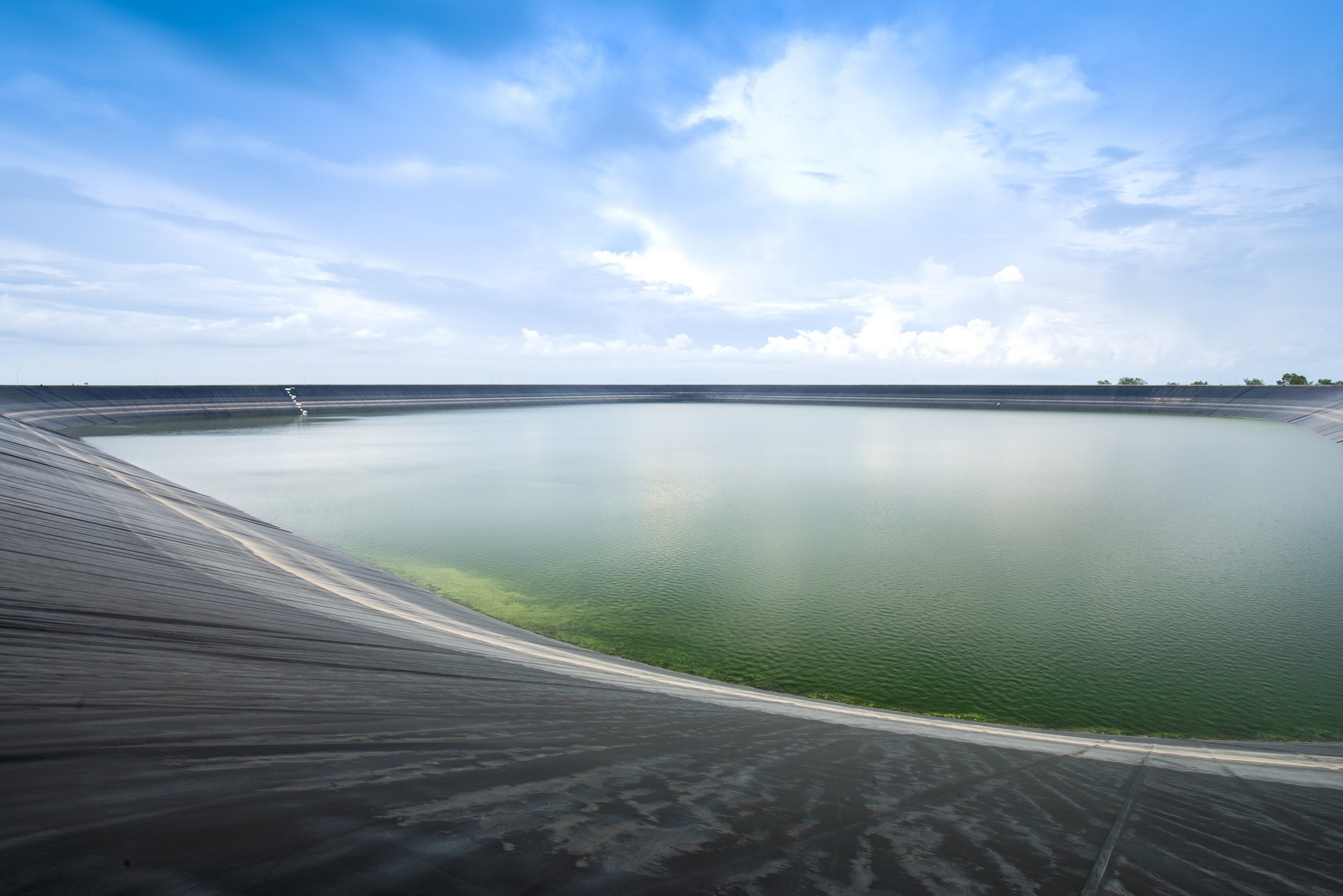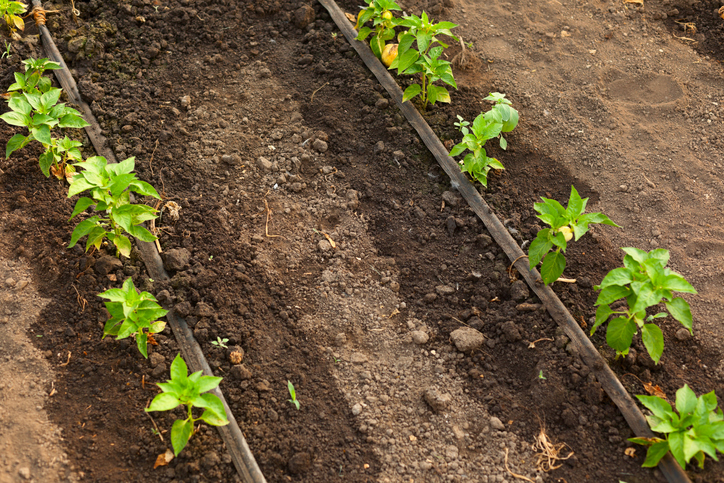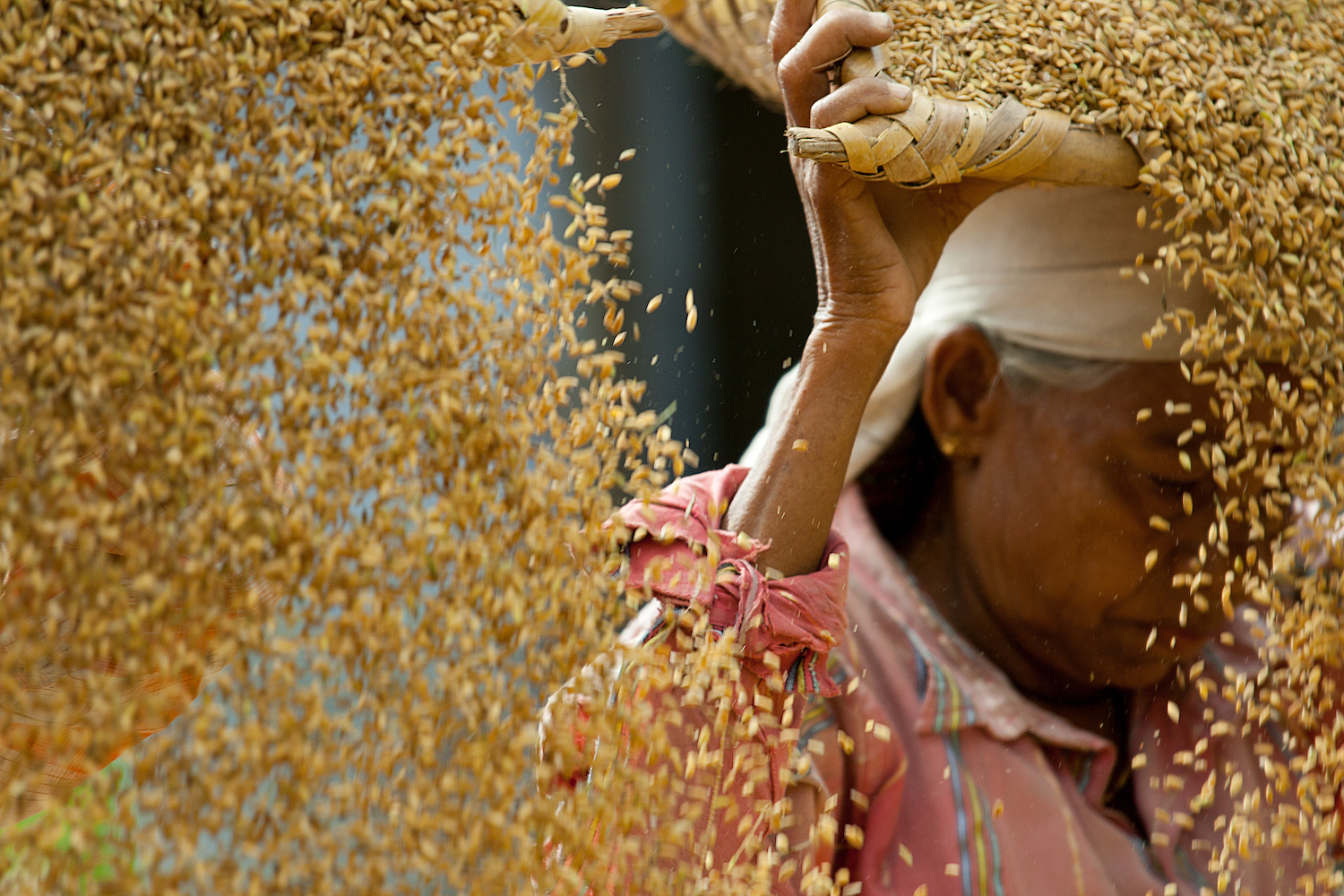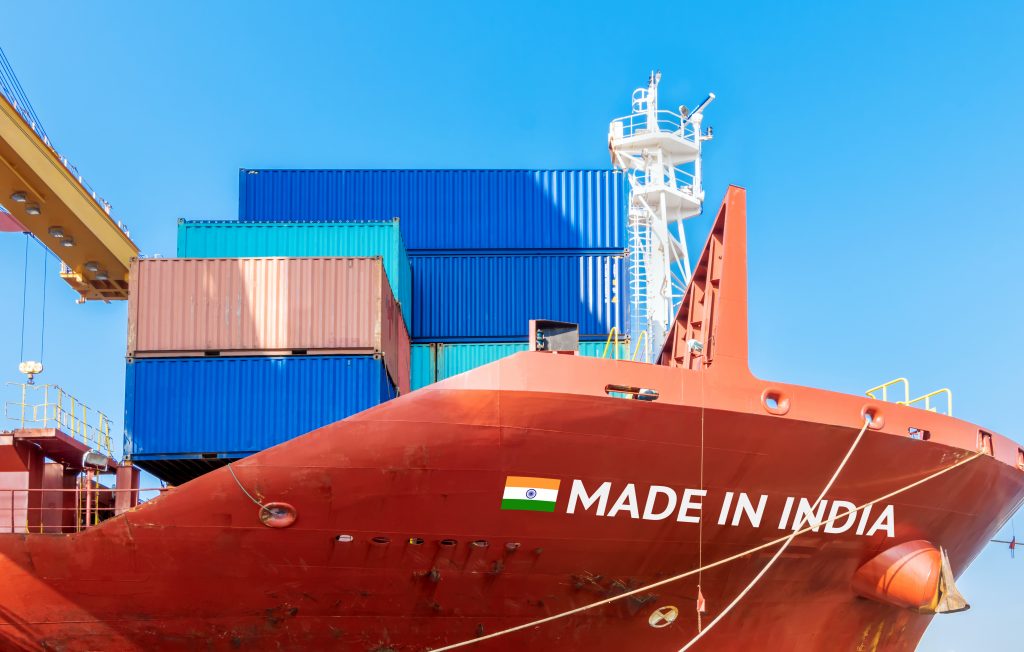But the country faces farming and food-security issues caused, in part, by food loss and crop damage.
According to India’s Ministry of Consumer Affairs, more than 38,000 metric tons of food grains have been damaged in the last five years, causing a loss of NR 484 million.
Inadequate storage and adverse weather are amongst the major causes of food loss and crop damage.
Storage is also a leading cause of post-harvest losses for all kinds of food in India, including fruits and vegetables, according to a study by the National Academy of Agricultural Sciences.
India’s average food loss ranges between 4.6% and 16%, with fruits and vegetables being most vulnerable to spoilage. This means that even as the country produces more to feed a growing population, food loss continues to be a significant challenge.
Additionally, weather calamities have affected 36 million hectares of land since 2016, damaging more than 5 million hectares of crop area in 2021 alone.
A Straightforward Farming Solution?
A two-fold solution can aid India’s food security so that people can have food when they need it.
It includes ensuring better crop protection during all stages of farming, including post-harvest, and using innovative farming technologies to improve crop yield and quality.
Some concrete steps are underway. The Food Corporation of India is working to build the capacity to safely store 10 million tons of food by deploying scientific storage methods.
At the same time, new agricultural technologies can be very effective during the entire farm-to-consumer stages—from growing seedlings to protecting harvested products.
Many Indian farmers are warming up to farming solutions such as mulch films and greenhouse films to improve crop quality and productivity. These films help minimize soil erosion, control soil temperature and suppress weeds, thereby enhancing the yield.

Pond liners prevent loss of agricultural water by keeping water from draining into the soil.
Agricultural films also boost the quality of storage solutions designed to protect harvested crops, such as silo bags and tarpaulins. These help farmers store their grain for longer by protecting it from fungus and insects, and reduce damage caused by excess rainfall.
Energy company ExxonMobil is working closely with local manufacturers of modern agricultural solutions to help solve some of the challenges faced by India’s food producers.
“Our solutions are helping farmers to grow, protect and preserve their harvest,” says Hari Gusain, ExxonMobil Area Sales Manager, India.
Rishi FIBC, one of India’s largest manufacturers of container liners and silo bags, has been using ExxonMobil’s high-performance chemical solutions to boost their storage technologies.
“ExxonMobil’s ExceedXP range of high-performance polyethylene has helped us enhance the quality of our agricultural films. These polymers have also enabled us to compete in the global market, as well as make high-quality agricultural film solutions available to Indian farmers,” says Joseph Francis, Executive Director & CEO, Rishi FIBC.
Advancing India’s Mission
Agricultural films can also help with water retention and advance India’s mission of “More Crop per Drop” under the PM Krishi Sinchayee Yojana, a national scheme aimed at ensuring more efficient use of agricultural water.
They are used to make pond liners and drip laterals, which ensure less runoff, thus giving farmers more crop per drop of water. This is critical for India, which only has access to 4% of the world’s fresh water but uses 80-90% of it in agriculture.

Drip laterals slowly drip water directly to the root zones of the crops, thus helping to reduce water use.
“Our products are helping Indian manufacturers to develop sustainable solutions, because what we are really doing here is ‘doing more with less.’ That means you can make very cost-effective agricultural films and create an affordable, quality product for farmers,” adds Gusain.
The future of farming globally will include a growing use of agricultural films and India is no exception.
According to an AMI Consulting report, Indian farmers currently use films to cover and protect around 100,000 hectares, with the potential to reach up to 4 million hectares, about the size of the Netherlands.
With limited arable land and a rapidly growing food demand, early adoption of new farming technologies such as agricultural films can advance India’s food security and increase farmers’ income.




